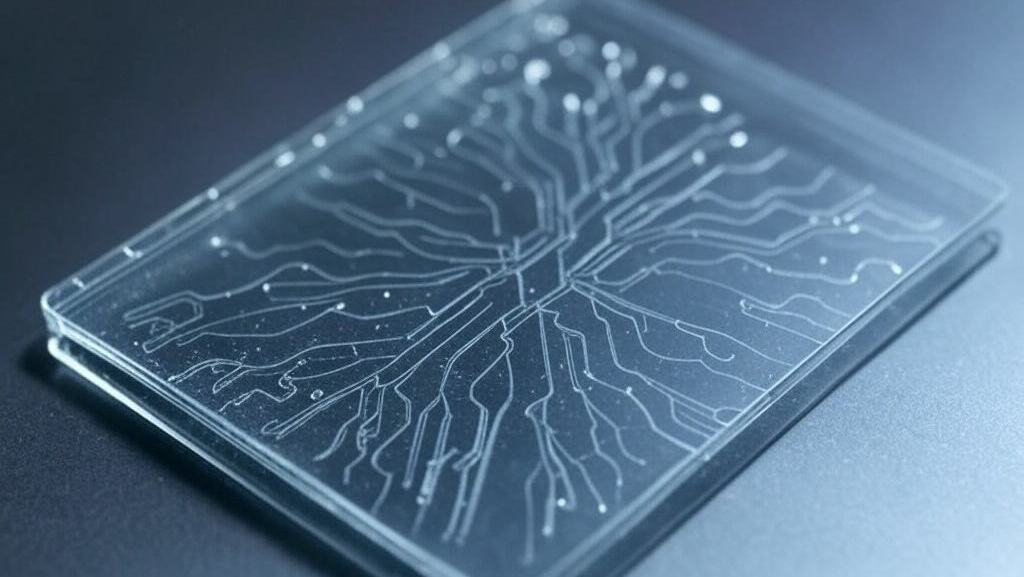PHOENIX: organ-on-chip technologies for personalised medicine

For the first time, the EU project PHOENIX will integrate four precision technologies on organ-on-chip devices, personalised models that reproduce miniature organs and tissues from human stem cells. The goal: precision diagnosis and therapies
Studying the characteristics of a disease on in vitro cells or tissues or in animal models has limitations. On the one hand, we cannot grow in vitro cardiac cells that are identical to mature human heart cells, which limits the possibilities of comprehensively studying cardiovascular diseases. On the other hand, animal models sometimes do not mimic human disease faithfully enough.
A new EU-funded project, called PHOENIX, with Humanitas as a member of the consortium, will develop next-generation organ-on-chip platforms that combine stem cells with precision technologies to open new frontiers in the study of cardiovascular and neuromuscular. A technology that in the future may reduce the need for animal experimentation and allow to test new therapies in single patients, including those with rare diseases.
Elisa Di Pasquale, who leads the Cardiovascular Stem Cell Biology Lab, is the Humanitas unit manager in the PHOENIX project. She will study the validity of this system using LMNA-dependent cardiomyopathy, a genetic disorder that leads to heart failure and risk of arrhythmia, as a disease model. Currently, this cardiomyopathy has no specific therapy.
The initiative was awarded a Horizon Europe grant, as it was selected as an innovative project with potential to reduce the use of animals in biomedical experimentation. PHOENIX started in January 2025 and will run for four years. It includes nine partners: in addition to Humanitas, the other Italian participants are Politecnico di Milano (coordinating the project), CNR and BiomimiX. The consortium also includes partners from Germany (NMI Tübingen, Multi Channel Systems), the Netherlands (TU Delft, Micronit) and Spain (Biointaxis).
Integrated technologies
Today, organ-on-chip (OOC) platforms are emerging as an accurate and fast alternative to conventional testing methods, both for studying diseases and in the identification and testing phase of new potential drugs. PHOENIX will develop a next-generation OOC platform that integrates for the first time cardiac cells with technologies for electrical stimulation, mechanical stimulation, measurement of cell contraction force and of electrical stimulus. Each of these technologies plays a key role in advancing the state of knowledge about heart disease using three-dimensional microtissues.
“Measuring the electrical signal of a cardiac cell, for example, allows for a small electrocardiogram of the cell,” explains Elisa Di Pasquale. “Integrating mechanical stimulation into these devices, on the other hand, makes it possible to get to a more advanced stage of cell maturation. In fact, a general limitation of all cells derived from induced pluripotent stem cells is the level of maturation that can be reached in vitro, using conventional protocols. Mechanical stimulation, which simulates a heartbeat, is useful to improve the maturation of these cells and create more realistic models of a human heart cell”.
The devices developed by PHOENIX will open up the possibility of studying the response of cells to certain diseases—cardiac and neurodegenerative—in a comprehensive and dynamic way, by observing tissues in real time. The project will develop a basic device, designed for laboratory use, and an automated system, designed for industrial applications and commercialization.
More accurate models, with less animal testing
How does integrating different technologies into a single device help study disease? “With this next-generation organ-on-chip platform, we will be able to evaluate all the functional signals identifying a disease,” Di Pasquale explains. One of the diseases chosen to validate this approach is LMNA-dependent cardiomyopathy (a disease caused by mutations in the LMNA gene), which Elisa Di Pasquale’s group has already studied extensively in vitro.
In this project, Di Pasquale and her research team will try to see if organ-on-chip devices can be used to reproduce—and thus study—the different ways this cardiomyopathy can develop in patients. The use of these devices, however, is not limited to this. LMNA-dependent cardiomyopathy today has no specific therapy, and is treated symptomatically. PHOENIX will test the use of organ-on-chips to conduct targeted drug screenings, evaluating drugs that are currently experimental.
“We can also use these devices to screen for new drugs. Another application will be to develop tests to understand cardiotoxicity of anticancer drugs.” A promising opportunity, since many cancer drugs stop in the early stages of clinical trials and are ruled out due to cardiotoxicity. PHOENIX’s organ-on-chip devices, on the other hand, will allow pre-screenings of these drugs on accurate models, saving time and resources in manufacturing. In the future, this technology could be used to test unconventional therapies, such as treatment for patients with rare diseases or for people with characteristics that make them less susceptible to the effect of a drug. The cells on organ-on-chip devices can be patient-specific, meaning they can be derived from individual patients—this will make it possible to test personalized therapies.
“What makes this project really interesting is that it will open up for our group—and, with commercialization, for others as well—the possibility of accurately studying specific traits of a heart disease and, in the future, using this knowledge to screen for response to therapies before administering them to the patient,” comments Elisa di Pasquale. “From an ethical point of view, today we need to look for approaches that limit the use of animal models to cases where it is strictly necessary. These devices will help us do that by providing an accurate model of human heart tissue.”